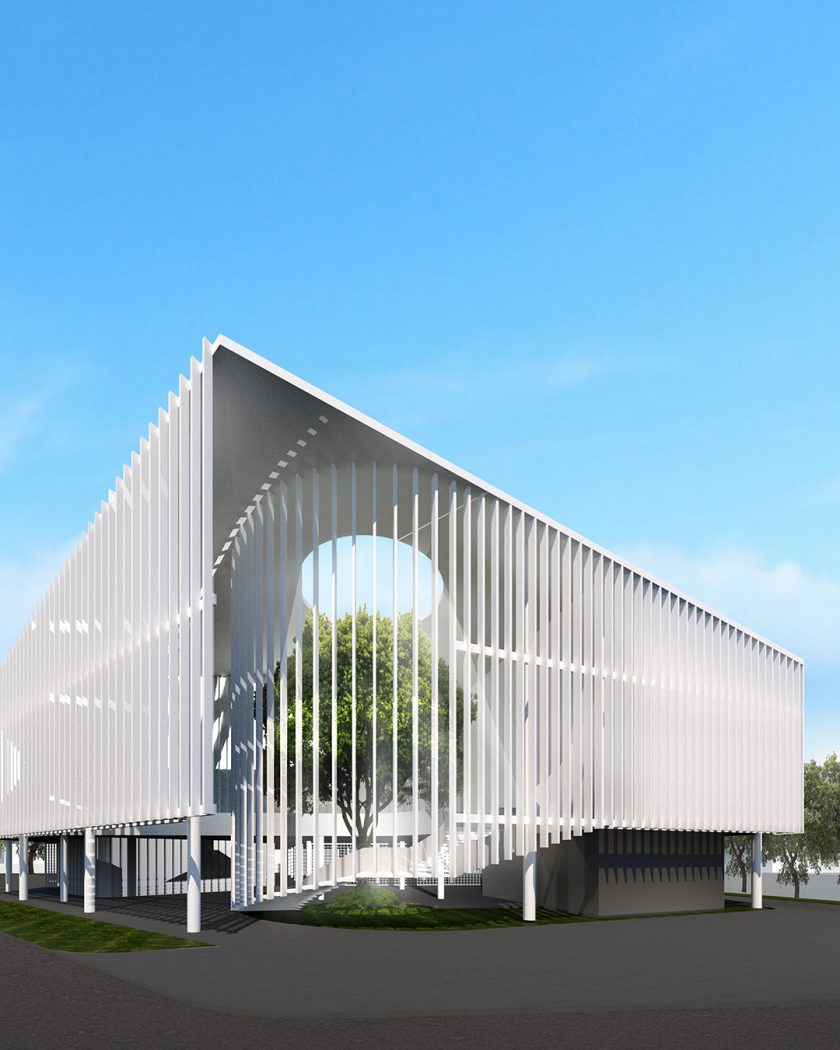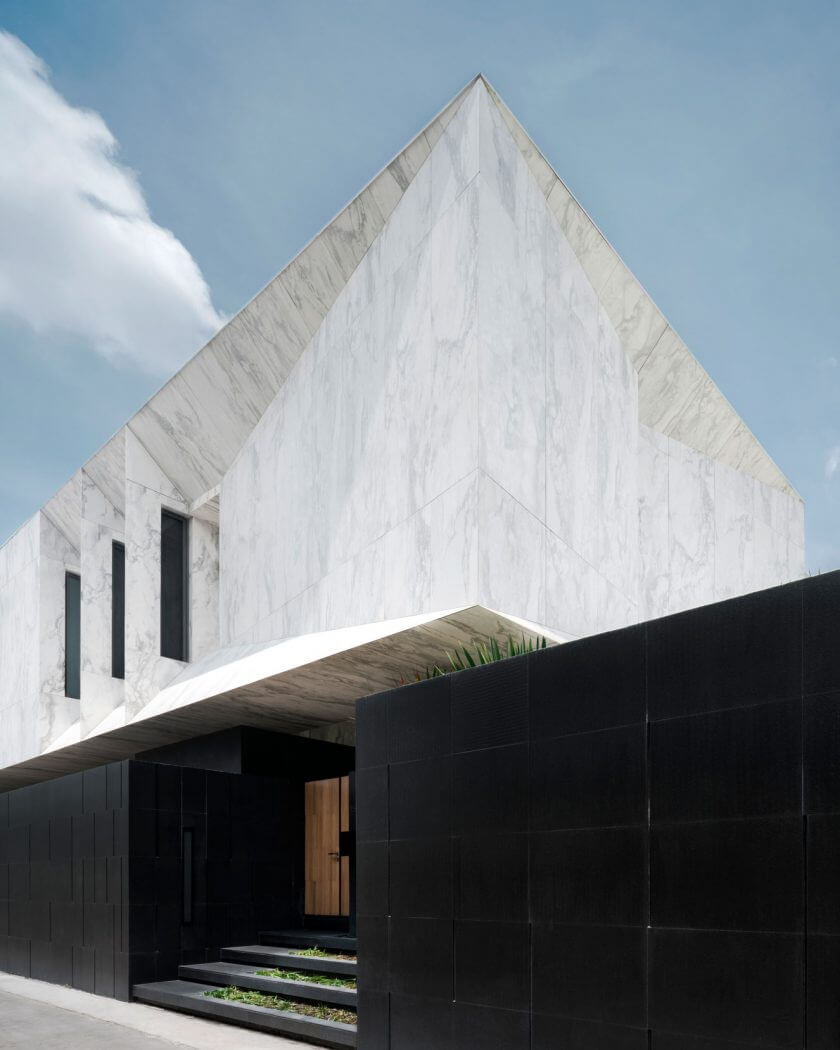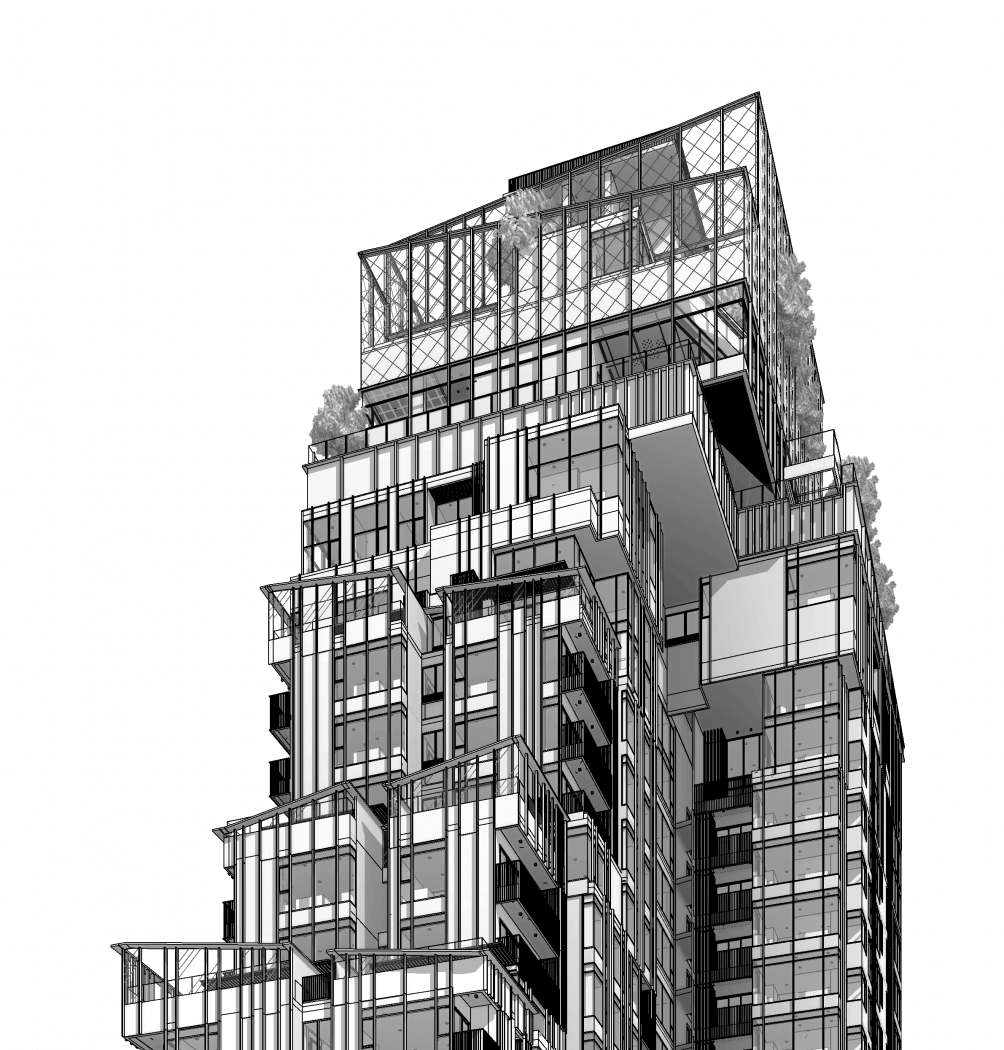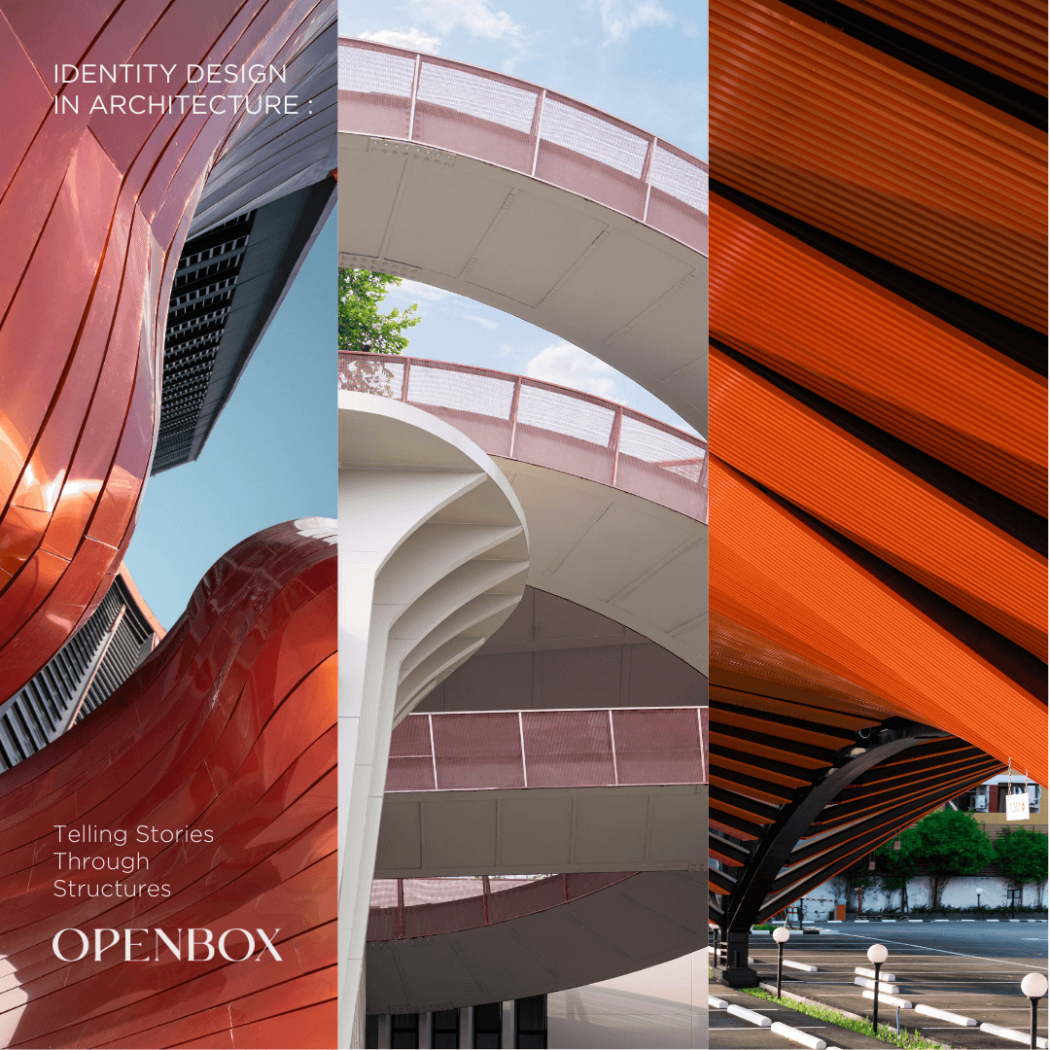The Language of Architecture and Identity
Architecture is far more than the act of constructing functional spaces. In fact, it is an intricate language that communicates the essence, values, and spirit of its inhabitants. Therefore, identity-driven design in architecture goes beyond basic utility to embody the unique narratives of individuals, organizations, and cultures. Through thoughtful design choices, architects become storytellers who infuse their creations with a distinctive personality that mirrors both purpose and people.
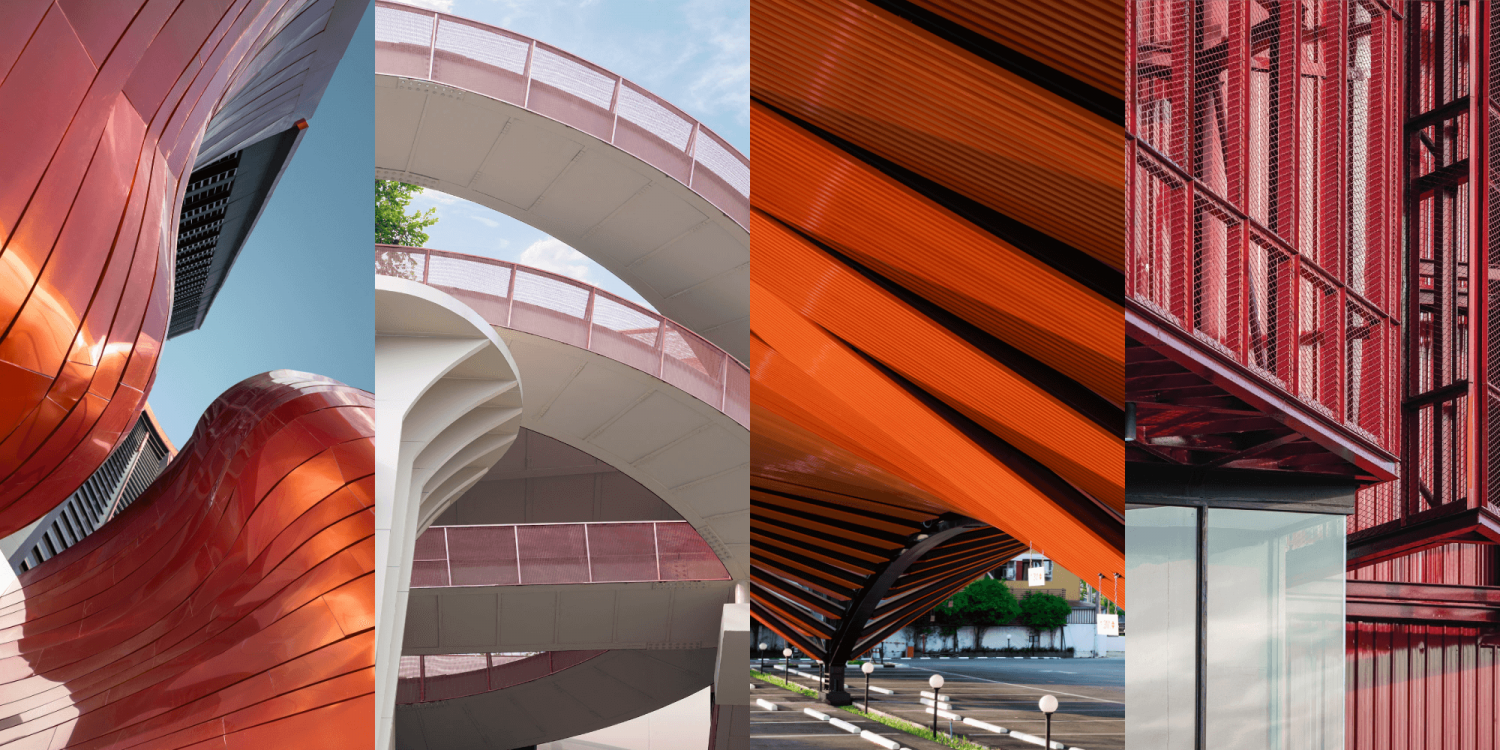
Architecture as an Expression of Style
Architects are, in a sense, stylists who shape the aesthetic, emotional, and intellectual dimensions of a space. Just as fashion reflects personal identity, architectural design mirrors the character of the building’s owner, whether an individual or an organization. Moreover, every structure has the potential to communicate an image and embody the spirit of those it serves. This deeper connection, therefore, extends far beyond visual appeal, transforming architecture into an authentic representation of identity.
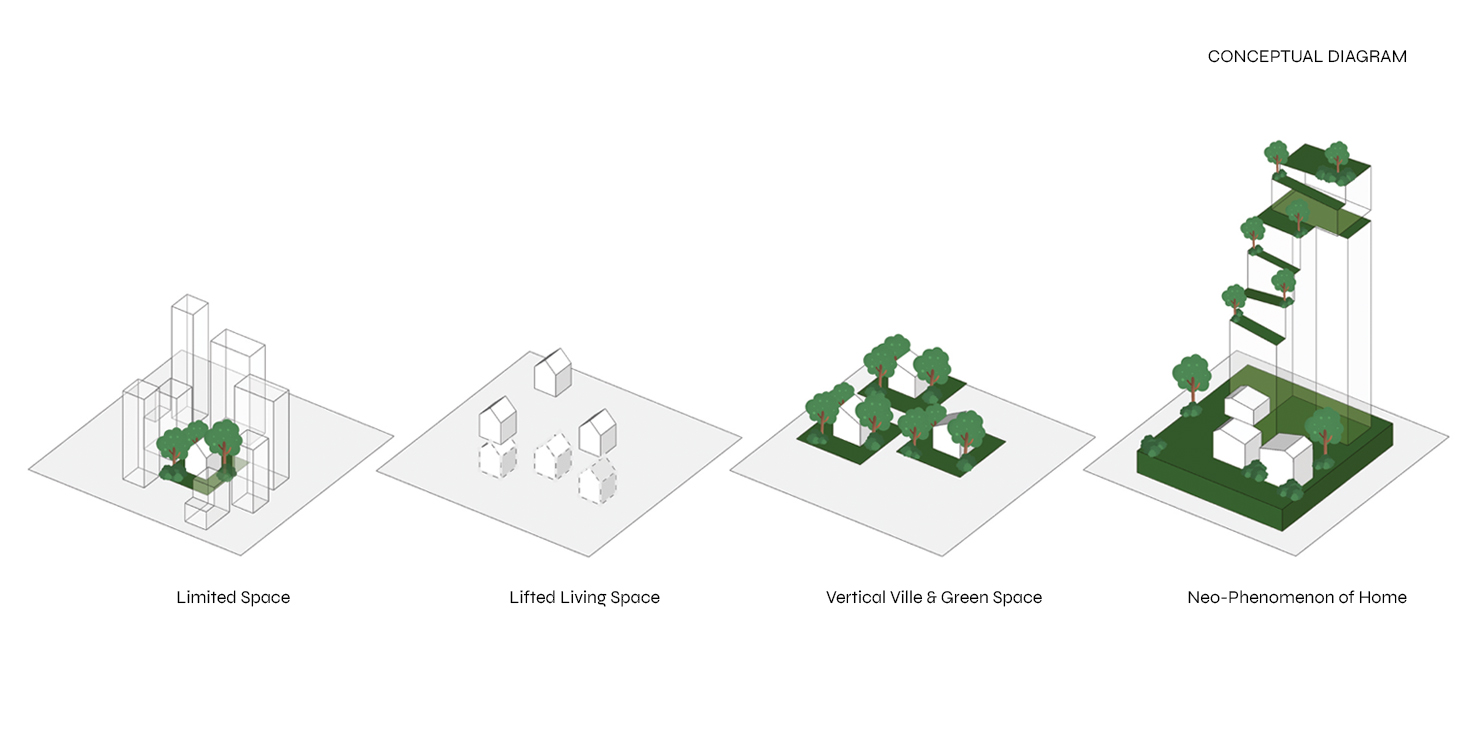
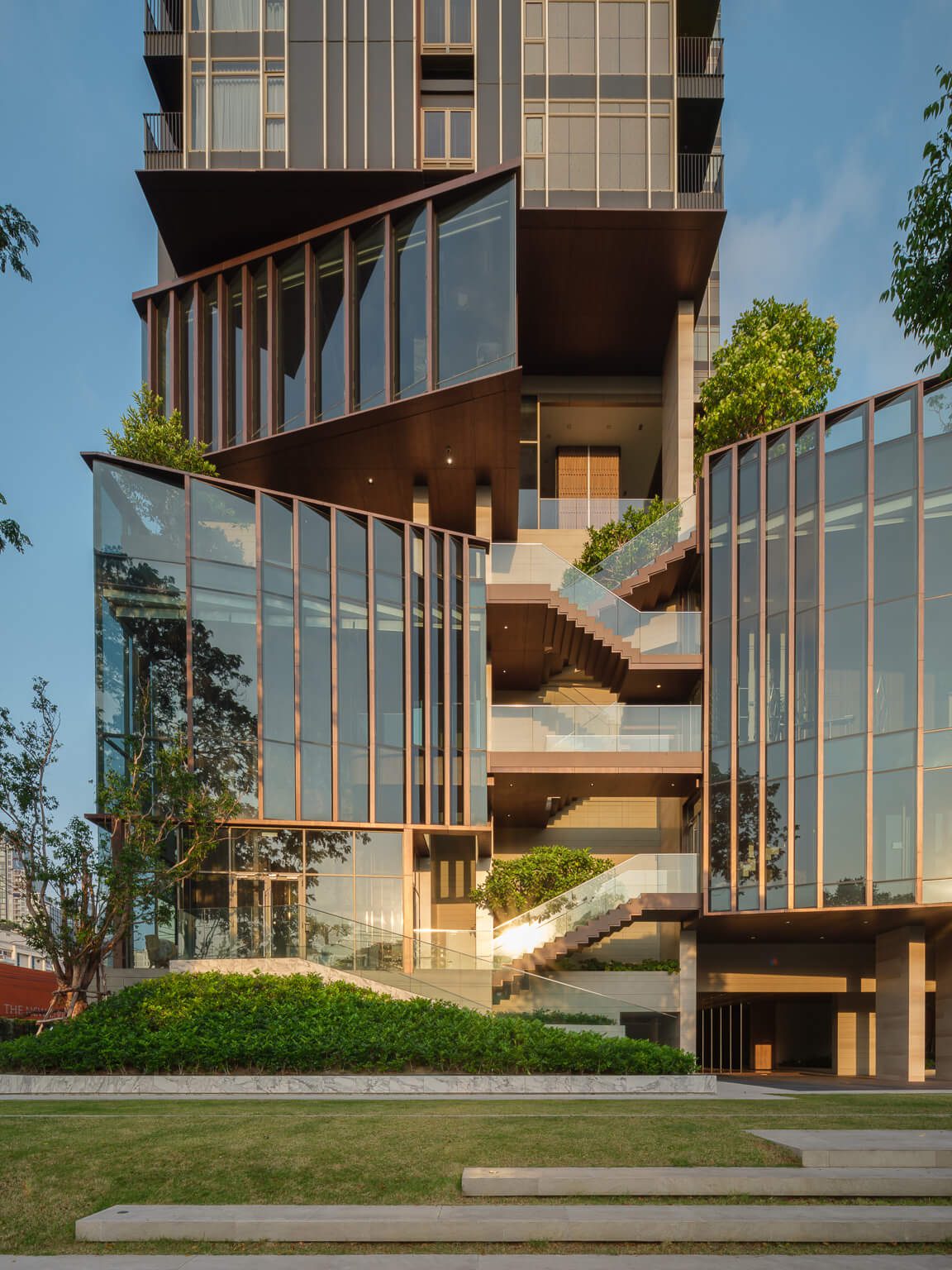
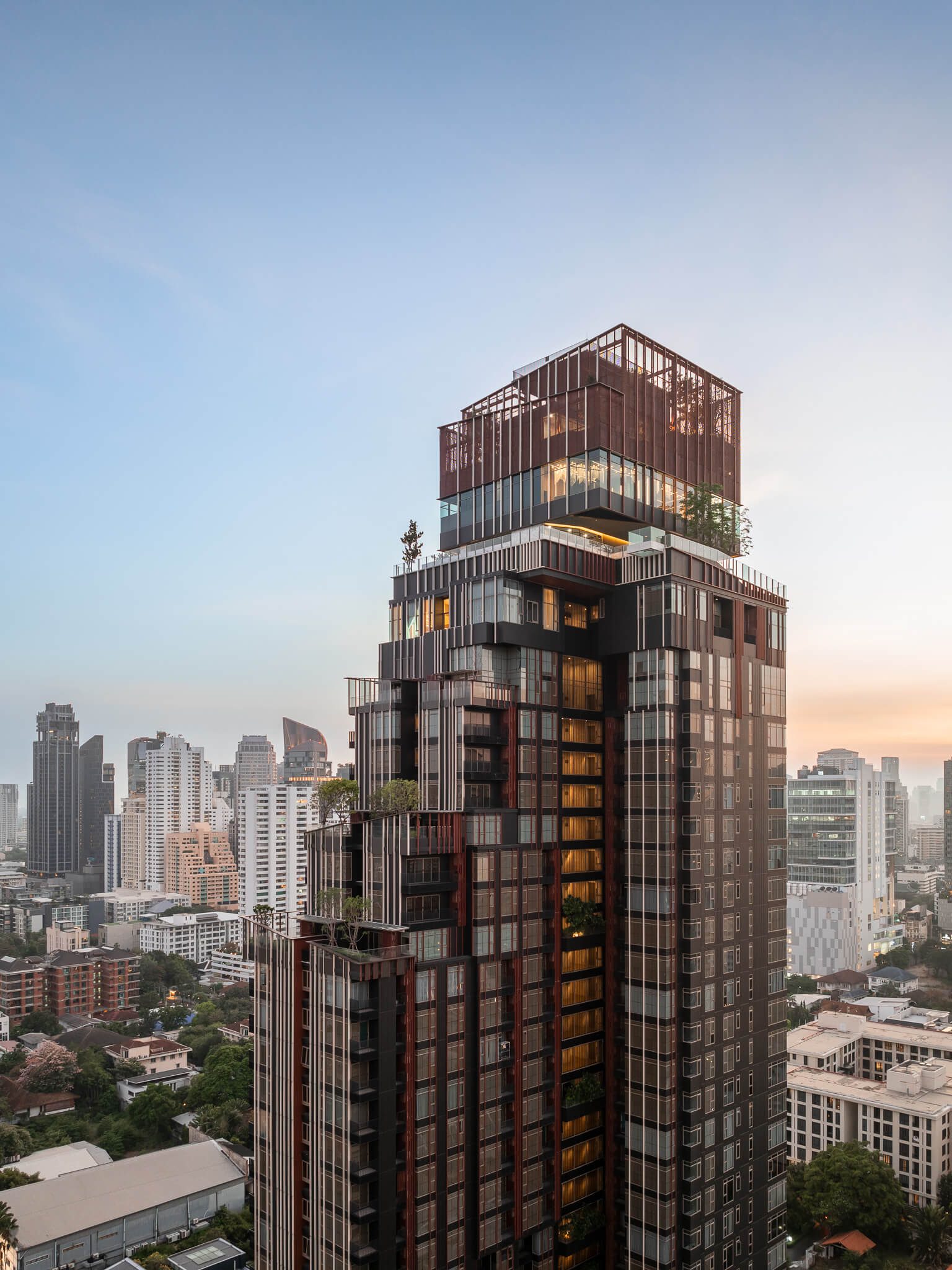
Understanding Clients and Translating Their Story
Incorporating identity into design begins with a profound understanding of the client’s values, vision, and story. For example, a corporate headquarters must not only meet functional needs such as workspaces and meeting areas but also express the company’s philosophy, innovation, or heritage. Similarly, a residential home should capture the lifestyle, aspirations, and dreams of the people who live there. Consequently, a well-designed structure becomes an experience—a living, breathing entity that holds emotional meaning and personal resonance.

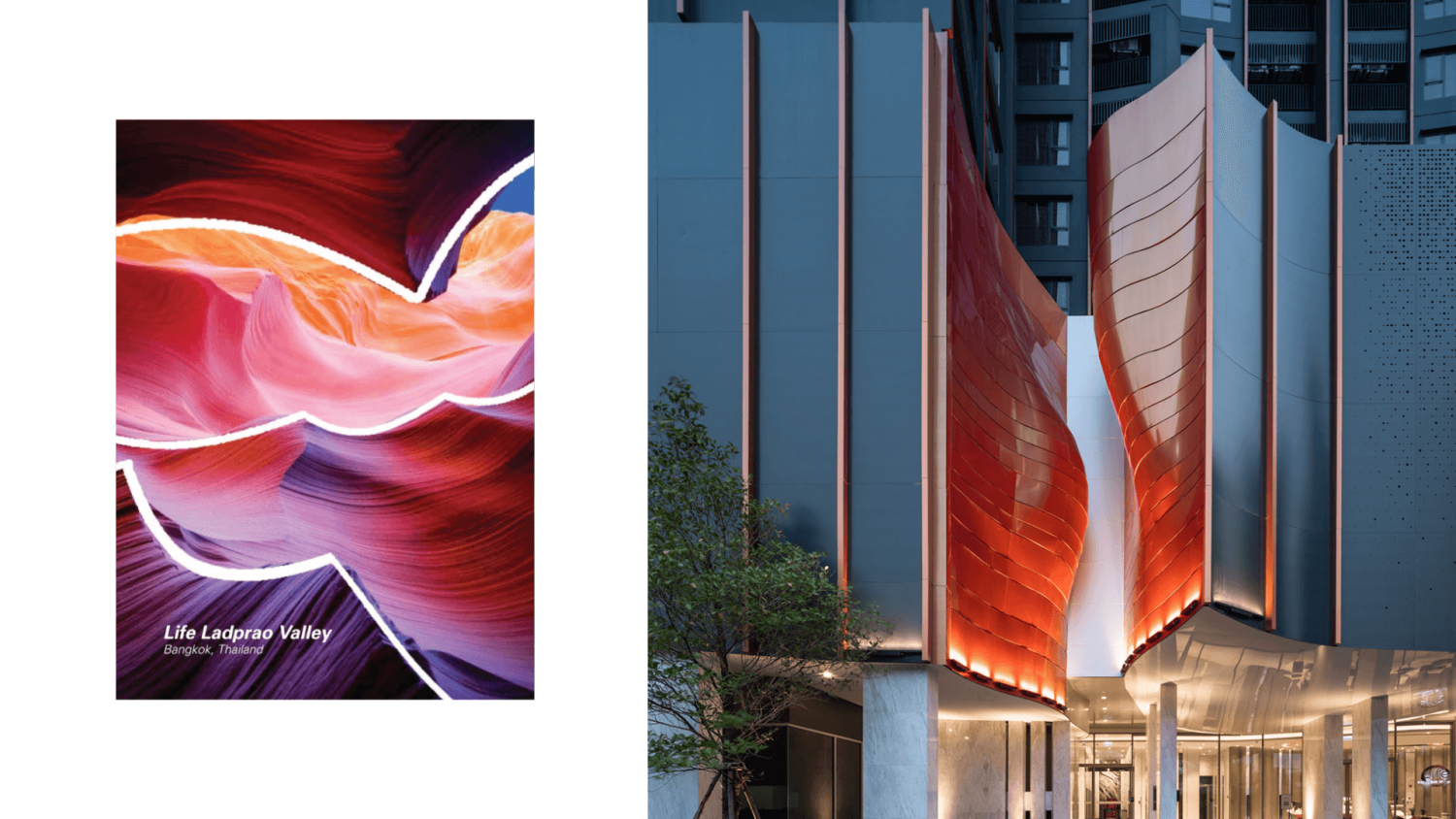
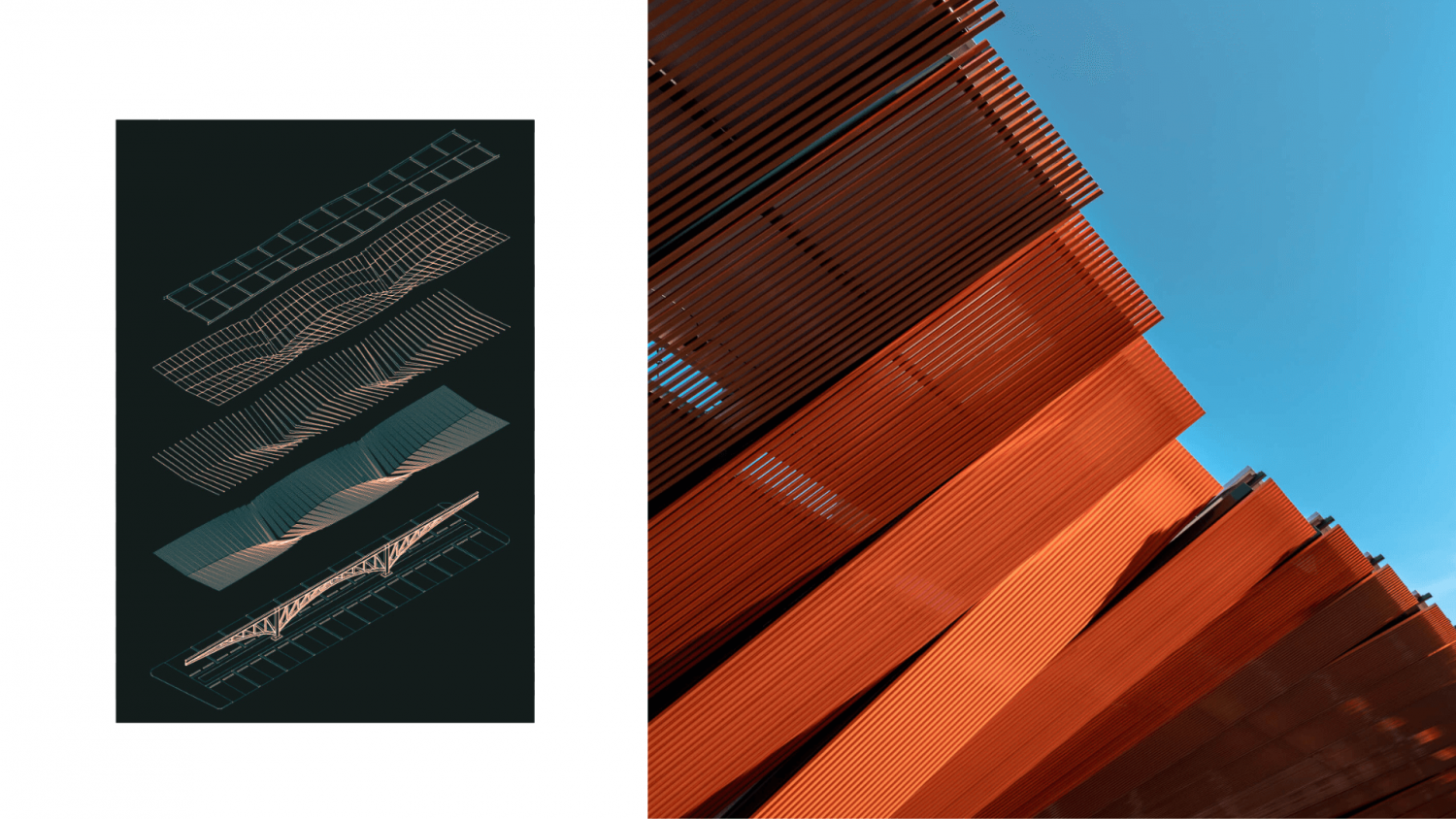
Materials and Meaning in Architectural Storytelling
When identity becomes the foundation of architectural design, every element—from material selection to spatial arrangement—contributes to the narrative. The use of glass and natural light, for instance, might symbolize transparency and openness, while rugged stone or weathered wood may convey strength, endurance, and timelessness. Furthermore, every detail, from texture and color to structural form, can amplify the message the building seeks to express.
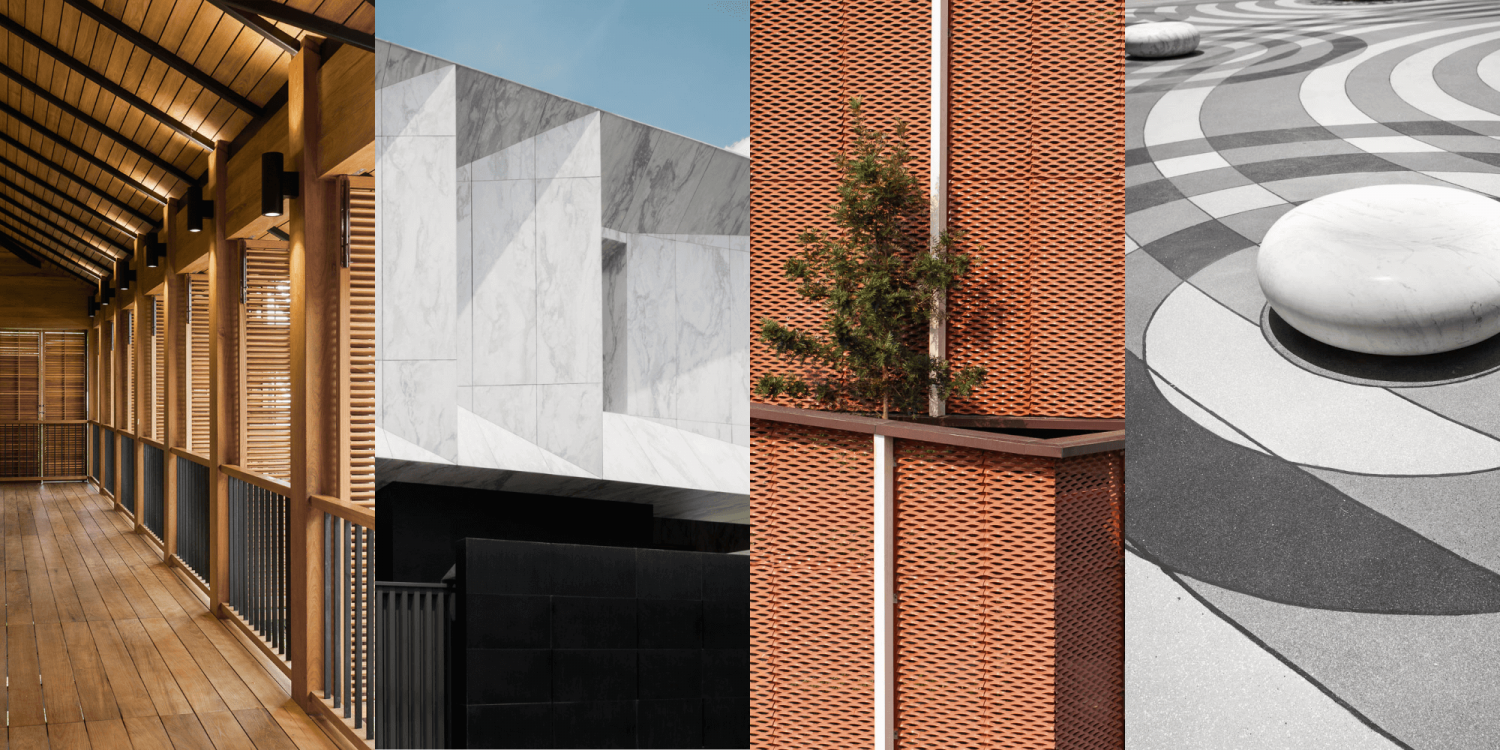
The Power of Identity-Focused Design
In addition, identity-driven design ensures that the resources invested in construction achieve their full potential. By expressing character through design, a building becomes not only functional but also an enduring symbol that leaves a lasting impression. As a result, this approach moves beyond aesthetics to create emotional and psychological connections that can inspire, comfort, and spark reflection
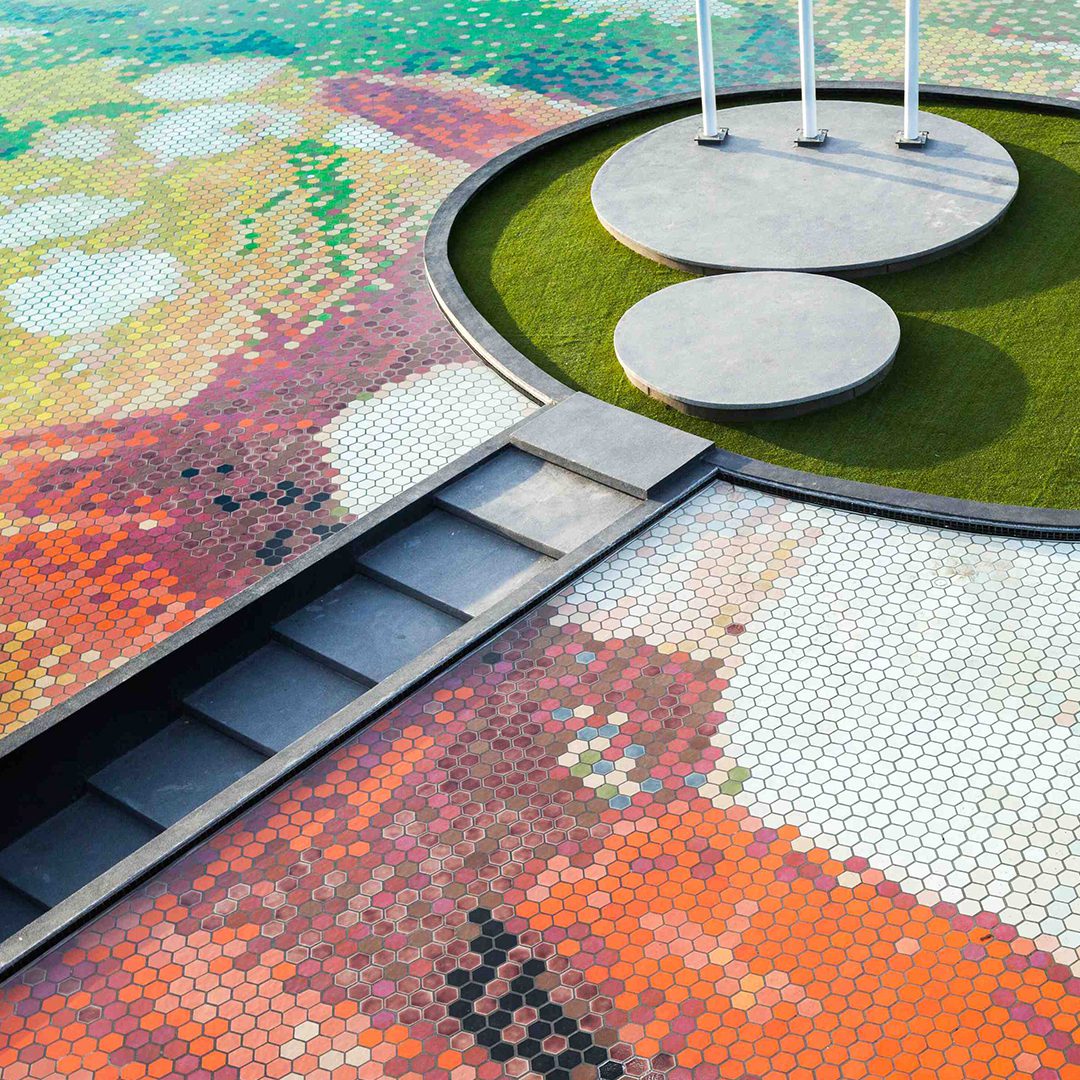
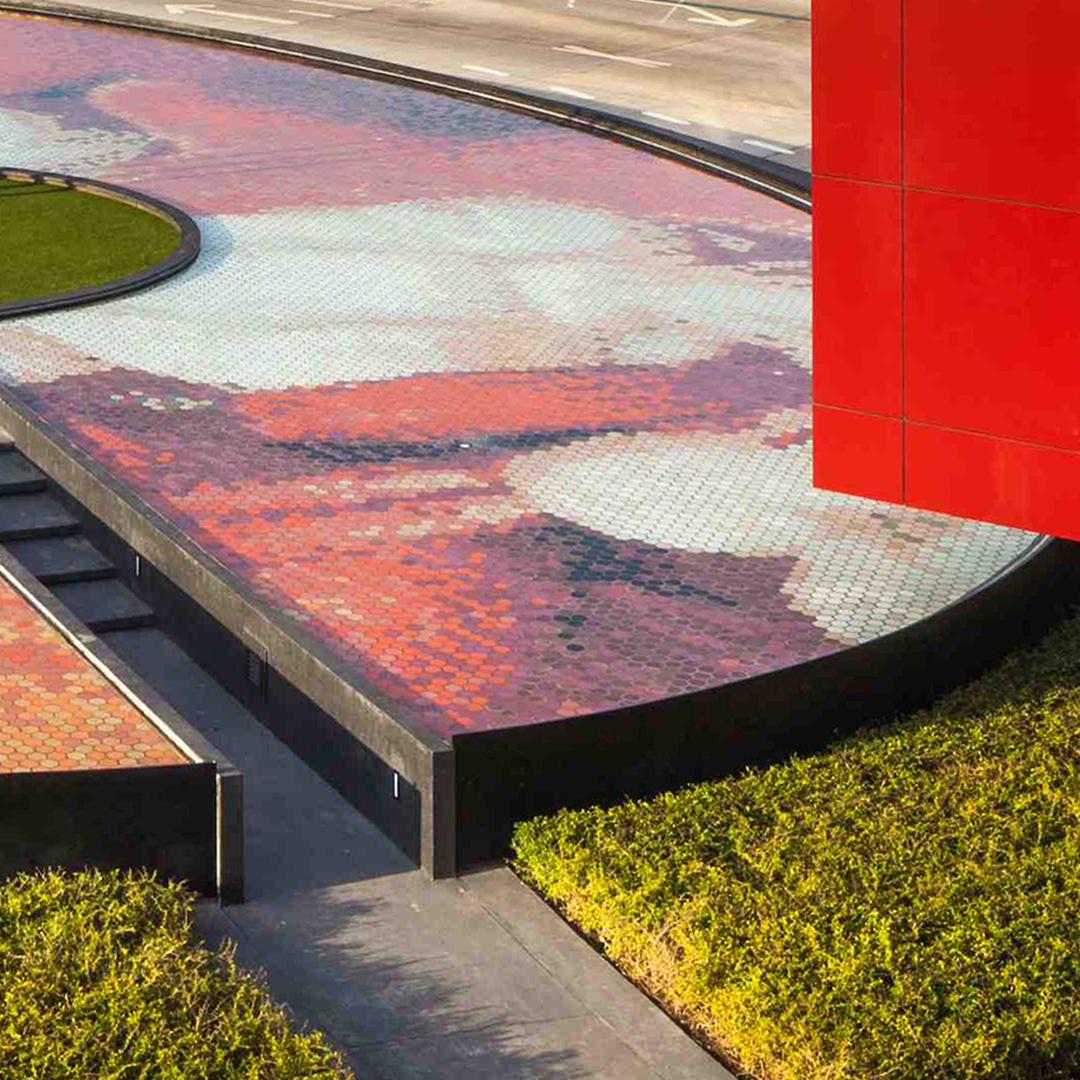
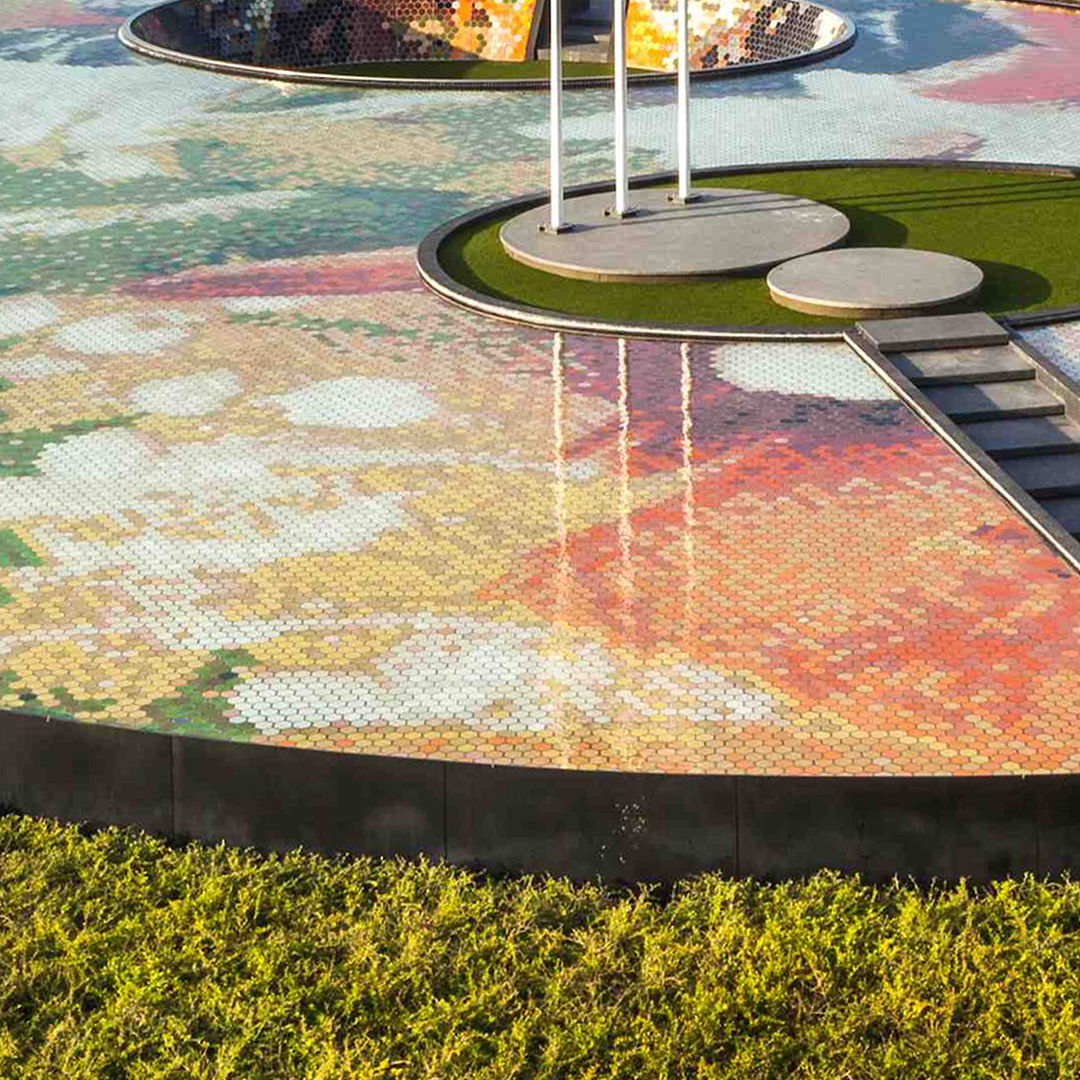
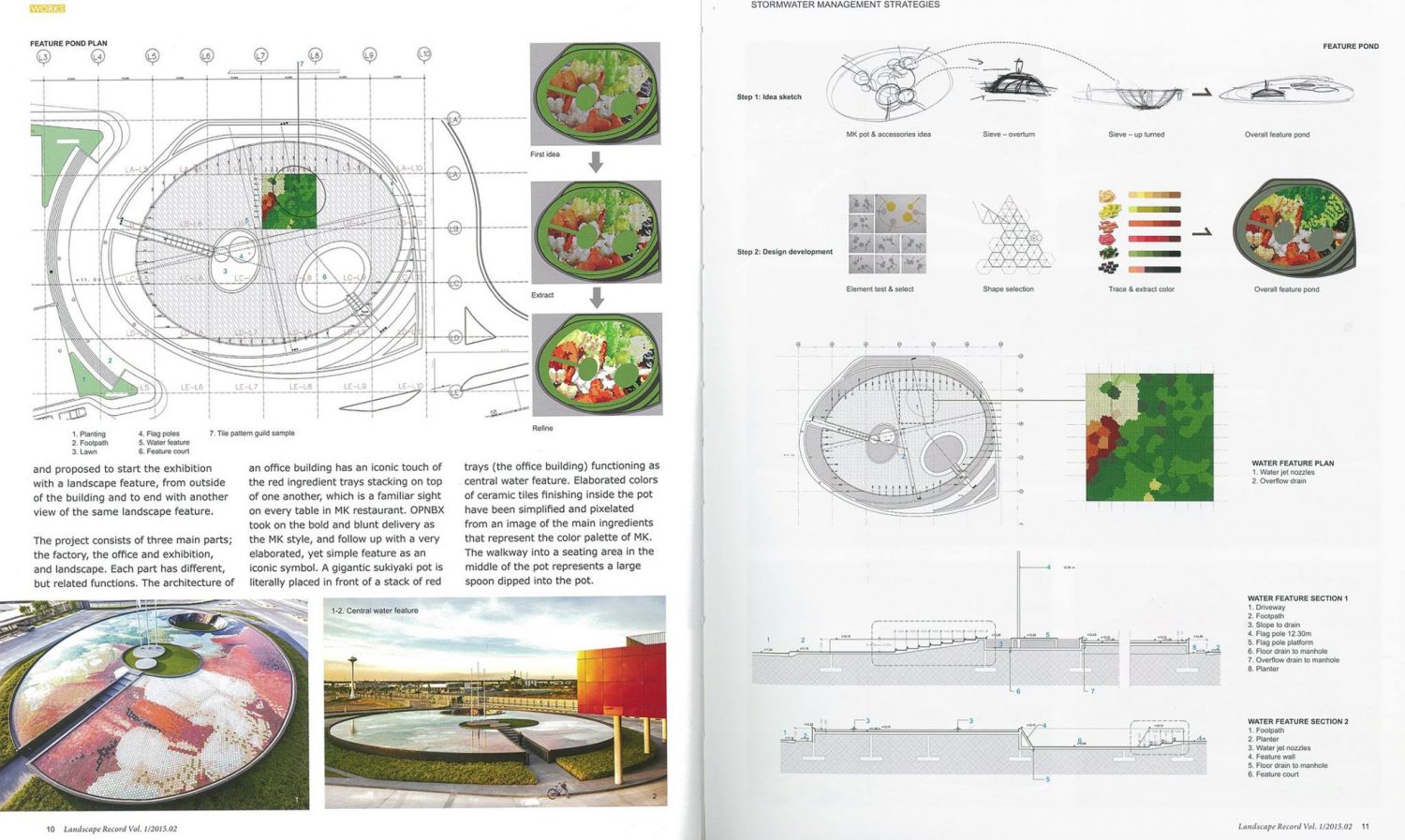
Architecture as a Reflection of the Human Spirit
For architects, the design process is much like tailoring a bespoke garment. Each element must fit seamlessly to reflect and celebrate the wearer’s essence. When the owner’s personality and vision are fully expressed through architecture, the space gains timeless relevance. Ultimately, it becomes more than a structure—it becomes a living reflection of identity itself. In this way, architecture transforms into an art form that tells powerful stories and turns spaces into meaningful embodiments of human life.








